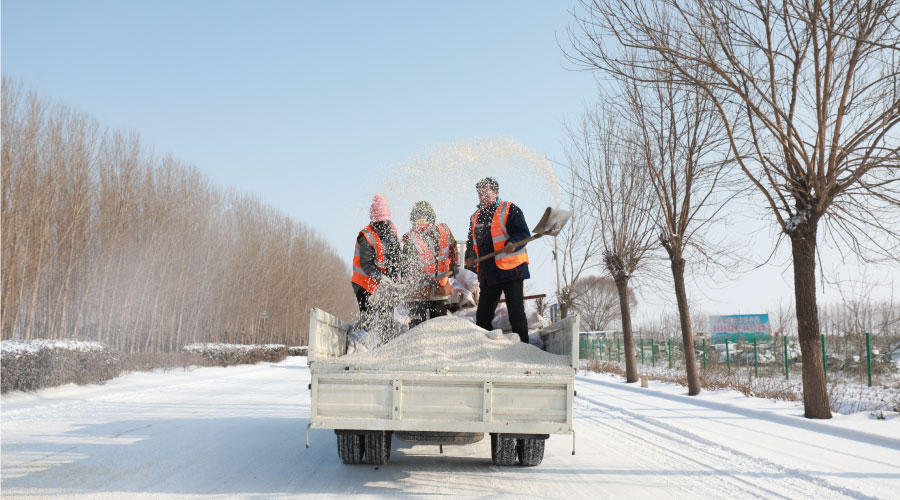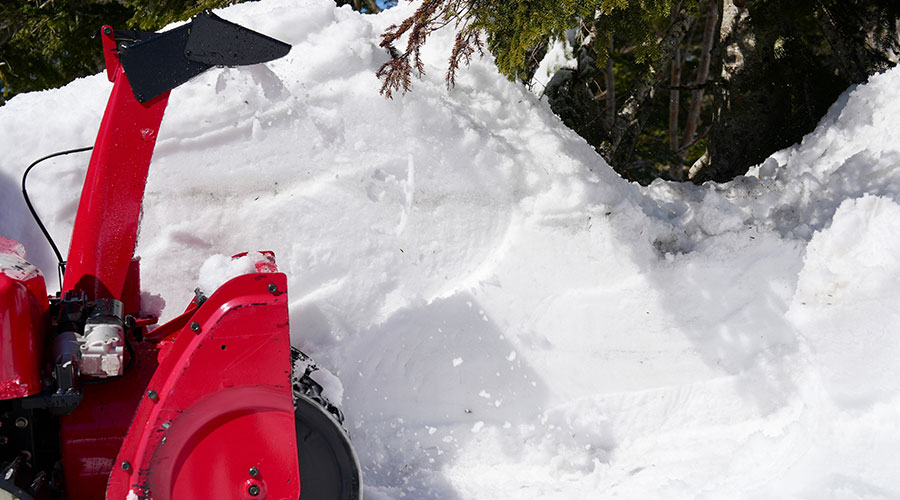ADA-Compliant Snow and Ice Management Strategies
Management decisions also need to support and comply with the Americans with Disability Act to ensure areas remain accessible to everyone.
By Professional Grounds Management Society
Although many factors contribute to executing a snow and ice management plan, the primary goal of this service is to provide a safe environment for everyone at institutional and commercial facilities. All snow removal operations should be prioritized and timed to clear the property for the start of business each day or for business to safely function should weather arrive within the course of the day.
There are many factors that need to be considered within the decision-making process to determine the best management practices for each snow and ice event. Management decisions also need to support and comply with the Americans with Disability Act (ADA) to ensure areas remain accessible to everyone. Here are some questions managers need to consider:
- What are the functions and business hours of the property?
- What are the surface types and how many square feet, linear miles or acres of each need to be managed?
- What is your available labor, equipment and material resources?
- What is the weather?
Staying engaged with the National Weather Service, a trusted weather service or weather app will keep managers informed about the weather in the management area. Very seldom are weather events the same. Each event produces conditions specific to the system present at the time. Weather conditions of temperature, wind speed, wind chill, precipitation type and resulting surface temperatures are factors that are included within the equation that will yield the best management practice for each weather event.
Understanding the property flow of vehicles, pedestrians and surface types allows managers to determine priorities, type of materials used, type of equipment required, and the timing of the personnel deployed for each weather event. For most properties, managing primary roadways and parking lots takes priority. Management of secondary roadways and parking lots are addressed next along with primary sidewalks, building entrances and loading locks. Properties requiring multiple operations also require more comprehensive planning efforts.
The type and use of de-icing materials is determined primarily by the type of surface, the surface temperature and the type of precipitation. The use of a pre-treatment such as a salt brine solution, which is usually effective to a surface temperature of 20 degrees, on sidewalks, roadways and parking lots allows it to retard the accumulation of snow and ice prior to an expected or imminent snow event. Salt brine applications are cost-effective, as opposed to spreading traditional post-event road abrasives, and they allow accumulating snow to be cleared more easily. When temperatures fall below 20 degrees and salt becomes ineffective, products containing calcium chloride, which is effective to minus 25 degrees, can be used.
Another de-icing product that can be used is magnesium chloride. This product has an effectiveness of up to 15 degrees. Each of the de-icing products has pros and cons so every manager needs to determine the best product to use to achieve positive results and meet expectations.
An effective management plan addresses the following:
prioritizing areas
- pre-treating — required or not required
- observation and the call to deploy
- deployment of equipment, which should align to meet the scale of operation
- detail work — small equipment and handwork
- application of de-icing materials — what de-icing products to use and when
- post-event cleanup of snow — clearing ridge lines, hauling off piles, which helps to mitigate refreeze issues that can increase the use of de-icing products.
To manage any snow and ice event, managers need to implement a plan and know all resources that are available and how to properly use them. Performing these steps will ensure a cost-effective, clear and safe property.
The Professional Grounds Management Society (PGMS) provided this article. PGMS works with grounds managers and service providers in the industry.
Related Topics:












